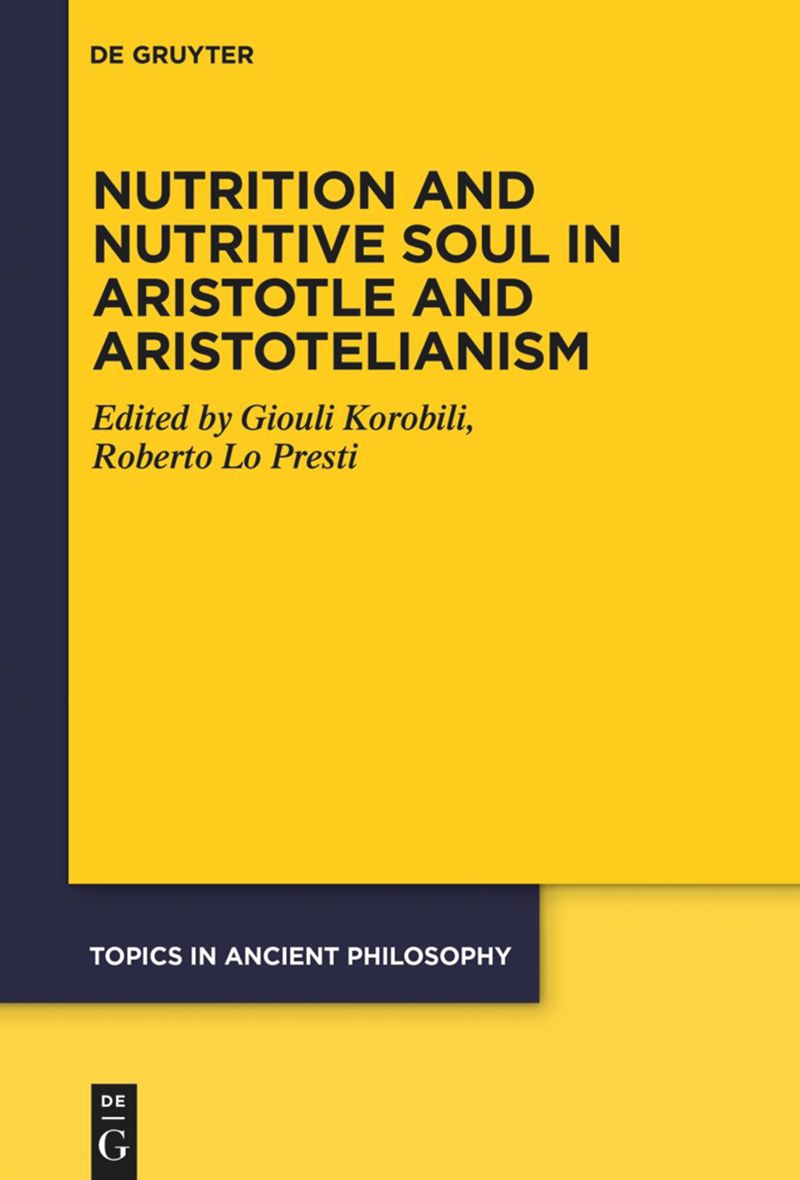
Hynek Bartoš proposes a different historical hypothesis to that put forward by Gad Freudenthal (G. Freudenthal, Aristotle's Theory of Material Substance: Heat and Pneuma, Form and Soul, Oxford, 1999) to account for the fact that Aristotle linked life and heat in a fundamental way. Instead of placing Aristotle in a tradition going back to Heraclitus and passing through Diogenes of Apollonia, certain Pythagoreans and the Hippocratic treatise On Flesh, the author proposes to consider that the Aristotelian conception of vital heat is considerably inspired by the Hippocratic writings, especially the treatise On Flesh, but also the treatise On Diet. The way in which Aristotle alludes to this subject is best explained by postulating that he relies on a consensus in medical literature. The author sets out to establish this link between Aristotle and the medical tradition, by first examining the precise textual correspondences between Aristotle's analysis of the brain (PA* II, 7) and those found in the two Hippocratic treatises mentioned (I), before tackling the explanation of digestion and the digestive system in the treatise On Flesh (II), and finally returning to the Aristotelian analysis of growth and digestion (III).
A. M.
* PA : Parts of Animals.
Hynek Bartoš propose une hypothèse historique différente de celle proposée par Gad Freudenthal (G. Freudenthal, Aristotle’s Theory of Material Substance: Heat and Pneuma, Form and Soul, Oxford, 1999) pour rendre compte du fait qu’Aristote a lié de manière fondamentale la vie et la chaleur. Au lieu d’inscrire Aristote dans une tradition remontant à Héraclite et ayant transité par Diogène d’Apollonie, certains pythagoriciens et le traité hippocratique Des Chairs, l’auteur propose de considérer que la conception aristotélicienne de la chaleur vitale est considérablement inspirée par les écrits hippocratiques, le traité Des Chairs, certes, mais aussi le traité Du régime. La manière dont Aristote se montre le plus souvent allusif sur ce sujet s’expliquerait mieux en postulant qu’il s’appuie en la matière sur un consensus présent dans la littérature médicale. L’auteur entreprend d’établir ce lien entre Aristote et la tradition médicale, en examinant tout d’abord les correspondances textuelles précises entre l’analyse du cerveau par Aristote (PA* II, 7) et celles qui se trouvent dans les deux traités hippocratiques mentionnés (I), avant d’aborder l’explication de la digestion et du système digestif dans le traité Des Chairs (II), pour mieux revenir vers l’analyse aristotélicienne de la croissance et de la digestion (III).
A. M.
* PA : Parties des Animaux.